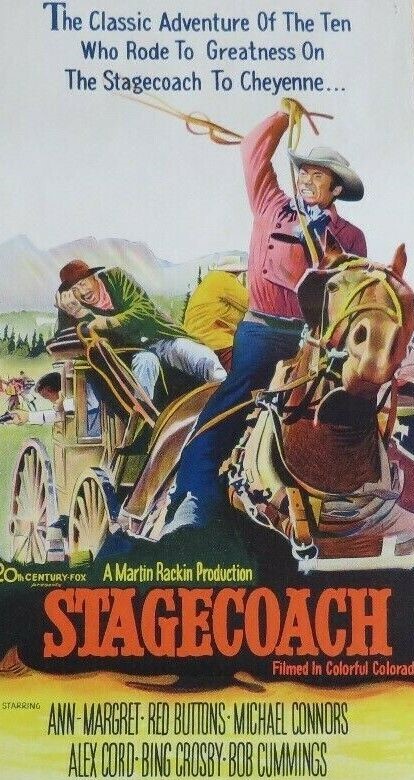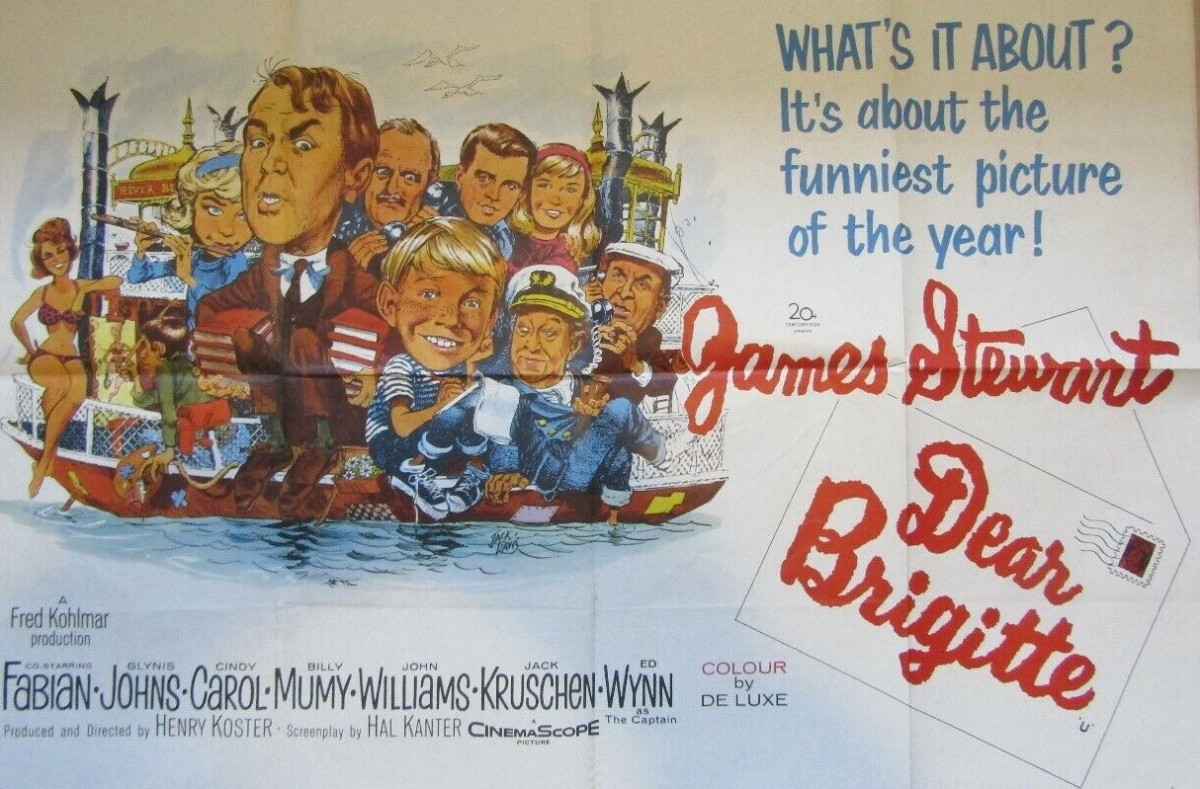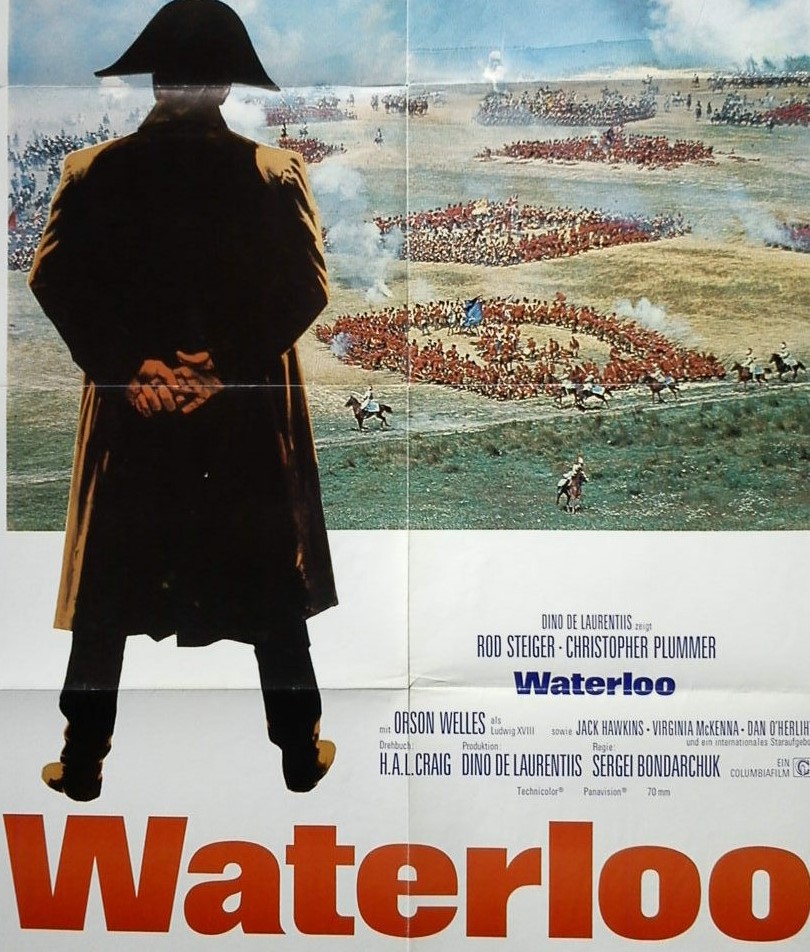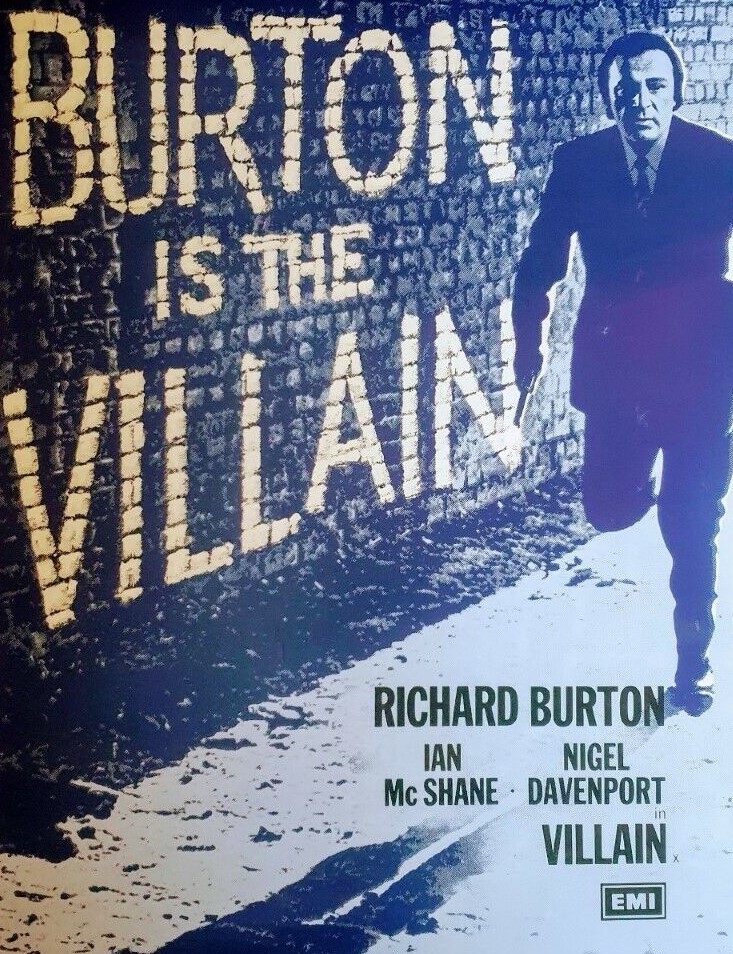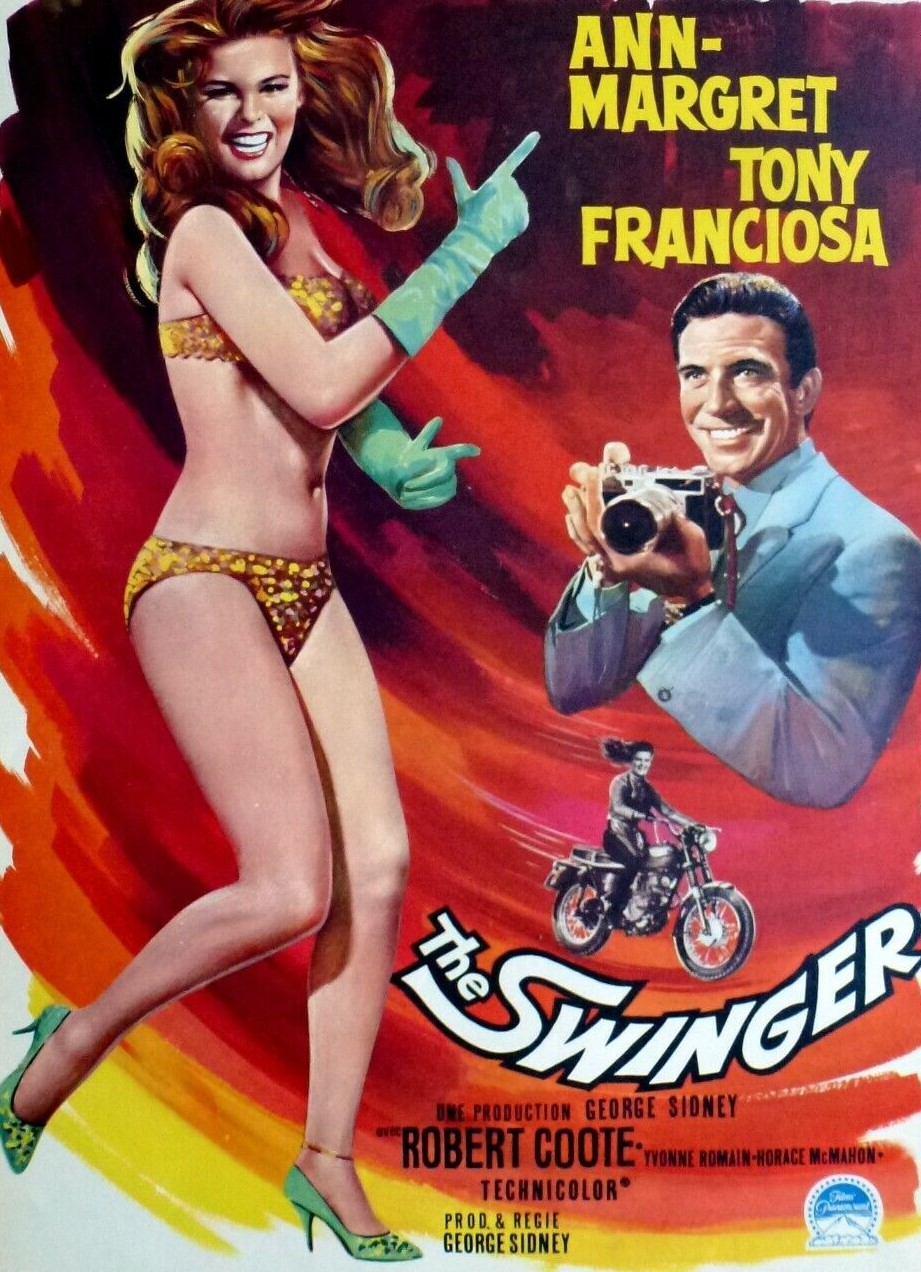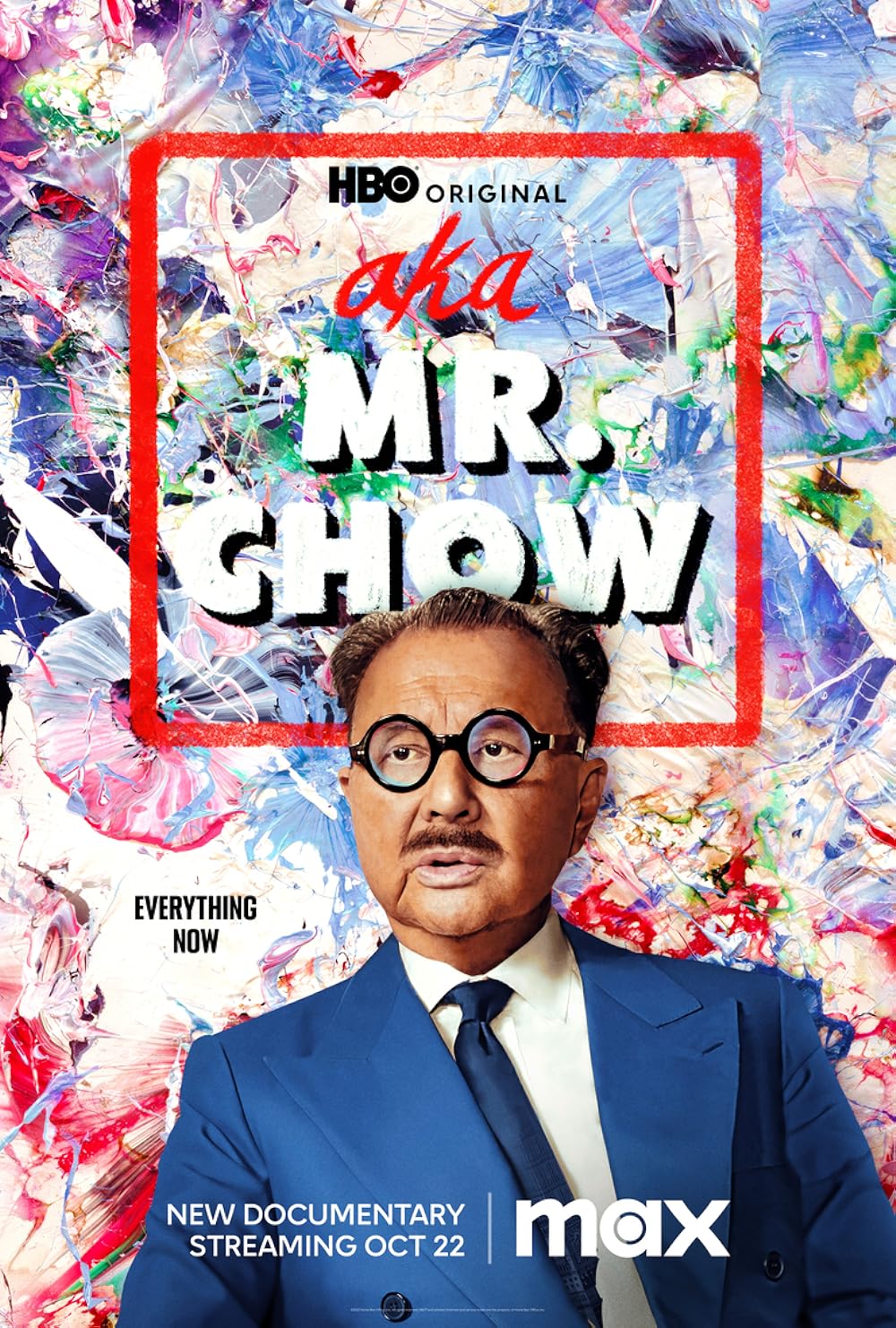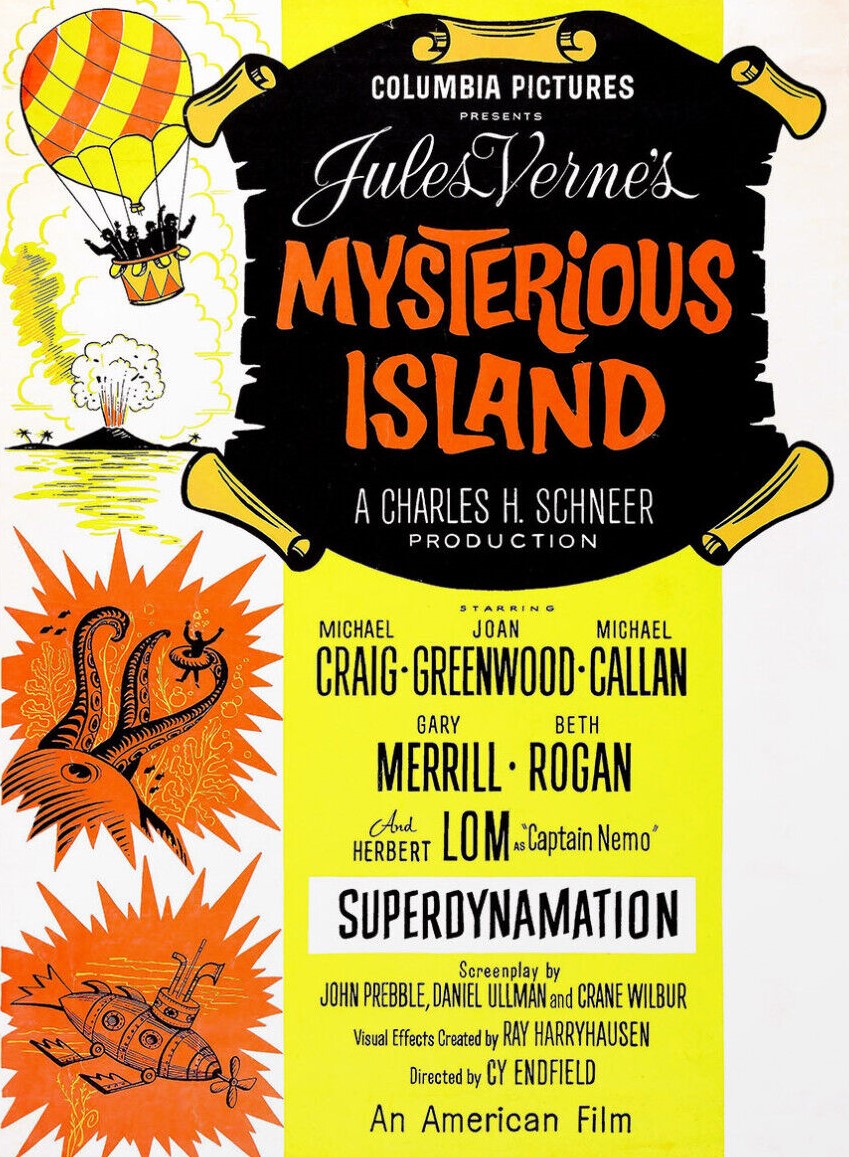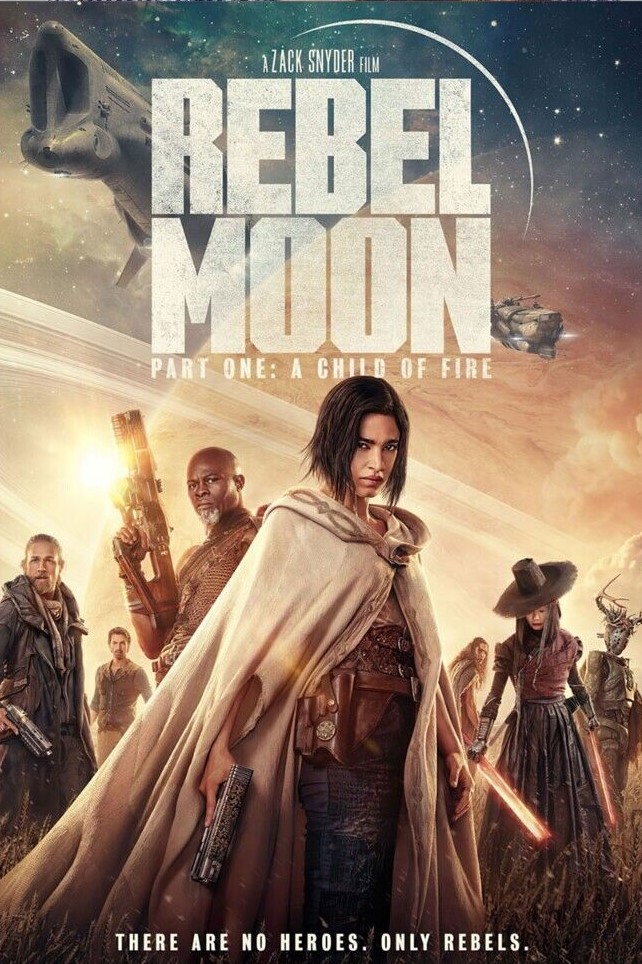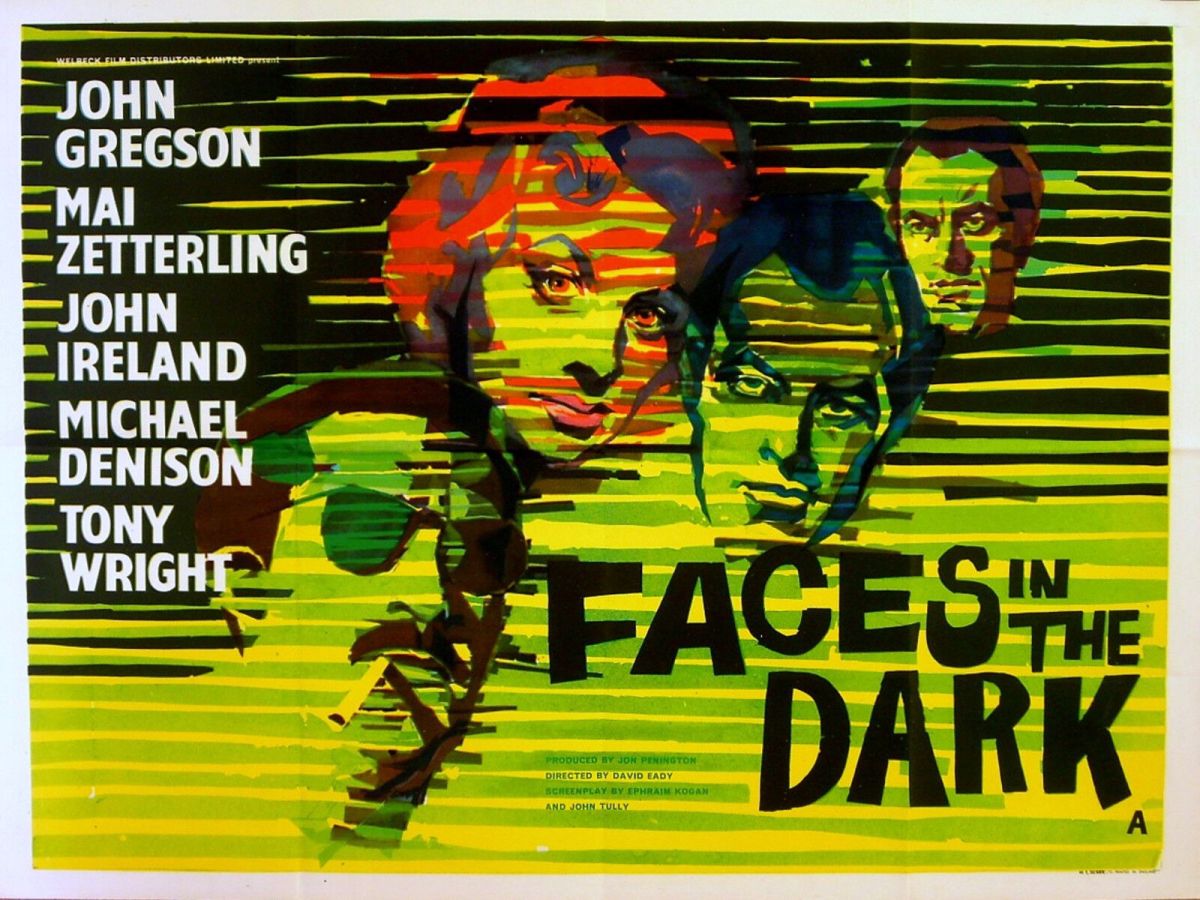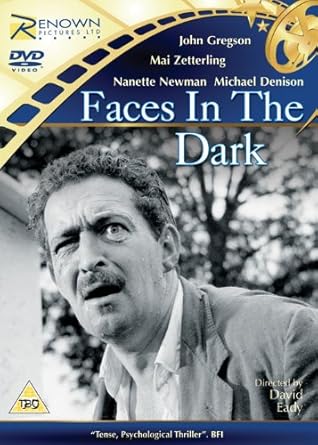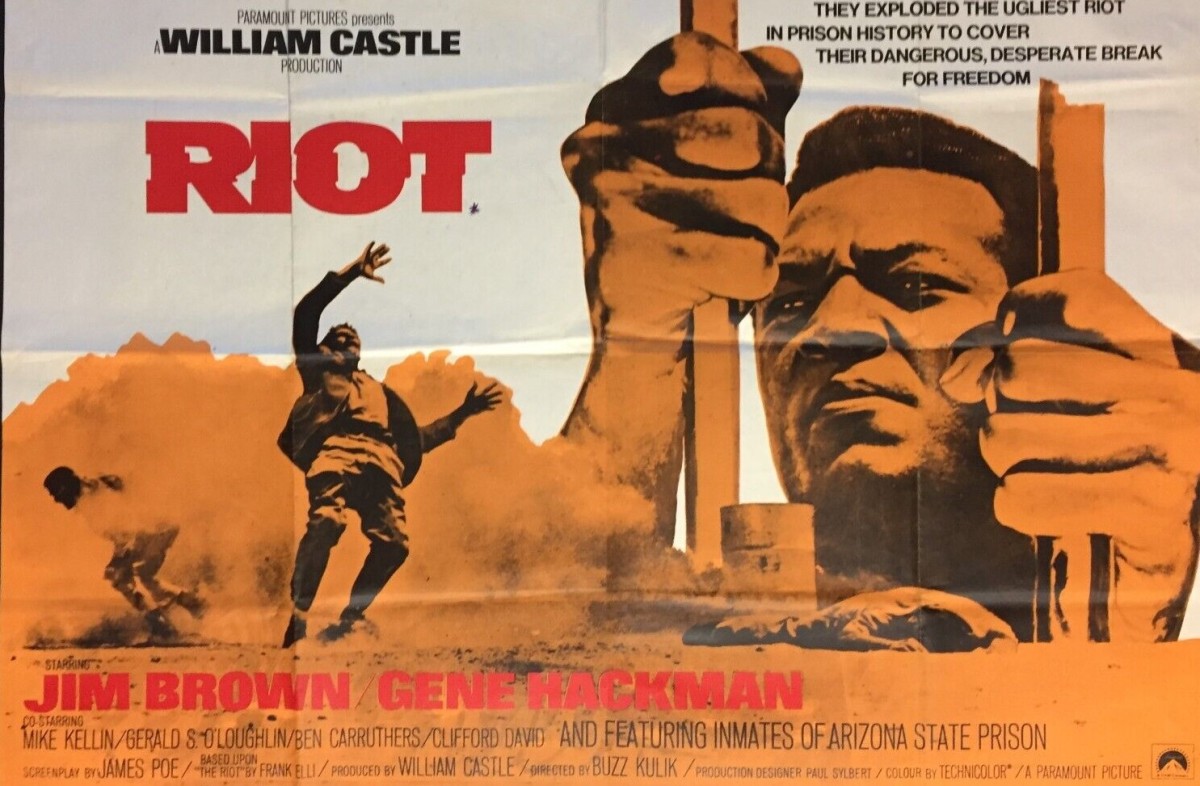Ann-Margret is pipped to the post by…Ann-Margret. The Swinger and Stagecoach duked it out at the top of the All-Time Top 40 with the former taking it by a good margin. But it was the reversal in the annual stakes, with the western ahead just by a nose. The films viewed most this year. As ever some surprise picks.

- Stagecoach (1966). Ann-Margret and Alex Cord in decent remake of John Ford classic western.
- The Swinger (1966). Ann-Margret as novelist who tries to live up to the sexy persona she has invented.
- The Sins of Rachel Cade (1961). Angie Dickinson as African missionary with Peter Finch and Roger Moore in thrall.
- Fireball XL5. The famous British television series from Gerry and Sylvia Anderson, now colorized. “My heart will be a fireball…”
- Fraulein Doktor (1969). German spy Suzy Kendall out-foxes Kenneth More. Grisly realistic WWI battle scenes and a superb score from Ennio Morricone.
- Vendetta for the Saint (1968) Roger Moore vs the Mafia.
- Plane (2023). Gerard Butler channels his inner Bruce Willis in Die-Hard-on-a-desert-island adventure.
- Baby Love (1969). Orphan Linda Hayden proves too much of a temptation for upper-middle-class London family.
- The Best House in London (1969). David Hemmings goes into battle for sex workers.
- The Sisters (1969). Nathalie Delon and Susan Strasberg in complicated love triangle of love and betrayal.
- Pendulum (1968). Taut thriller with cop George Peppard accused of murdering unfaithful wife Jean Seberg.
- Moment to Moment (1966). Jean Seberg investigated for murder in Hitchcockian thriller set in the South of France.
- Rage (1966). Glenn Ford and Stella Stevens combat pandemic in Mexican town.
- The First Deadly Sin (1980). Frank Sinatra’s cop chases down a serial killer.
- Go Naked in the World (1961). Gina Lollobrigida finds that her profession (the oldest) and true love (with rich Anthony Franciosa) don’t mix. Great turn from Ernest Borgnine as a doting father.
- Lady in Cement (1969). Sinatra as private eye Tony Rome who takes on gangster’s moll Raquel Welch as a client.
- Champions (2023). Woody Harrelson as the basketball coach saddled with a bunch of misfits.
- A Dandy in Aspic (1968). Cold War thriller with Laurence Harvey as a double agent who wants out. Mia Farrow co-stars.
- She Died with Her Boots On / Whirlpool (1969). Sleazy British film from cult Spanish director Jose Ramon Larraz sees kinky photographer Karl Lanchbury seduce real-life MTA Vivien Neves.
- Once a Thief (1965). Less glamorous role for Ann-Margret as wife of ex-jailbird thief Alain Delon who is forced into another job.
- Diamond Head (1962). Charlton Heston chews the scenery in Hawaiian epic.
- Titanic (1997). Reissue in 3D of the James Cameron box office smash.
- Can Heironymus Merkin Ever Forget Mercy Humpe and Find True Happiness? (1969) Self-indulgence reaches new heights with writer-director-producer Anthony Newley’s autobiographical tale about stardom. Then-wife Joan Collins co-stars.
- Sergeant Ryker (1968). Lee Marvin in Korean War courtroom drama.
- The Misfits (1960). Clark Gable goes out on a high, ably supported by Montgomery Clift and Marilyn Monroe in John Huston tale of losers.
- Once Upon a Time in the West (1969). Sergio Leone masterpiece featuring the stunning cast of Claudia Cardinale, Henry Fonda and Charles Bronson and that fabulous Morricone score.
- In Harm’s Way (1965). John Wayne and Kirk Douglas in Otto Preminger WW2 epic set in Pearl Harbor and after.
- The Invitation (2022). Gothic thriller starring Nathalie Emmanuel.
- Beat Girl / Wild for Kicks (1960). Gillian Hills is tempted into joining the striptease game. Christopher Lee puts in an appearance.
- 100 Rifles (1969). Raquel Welch, Jim Brown and Burt Reynolds heat up the screen in Tom Gries western set in Mexico.
